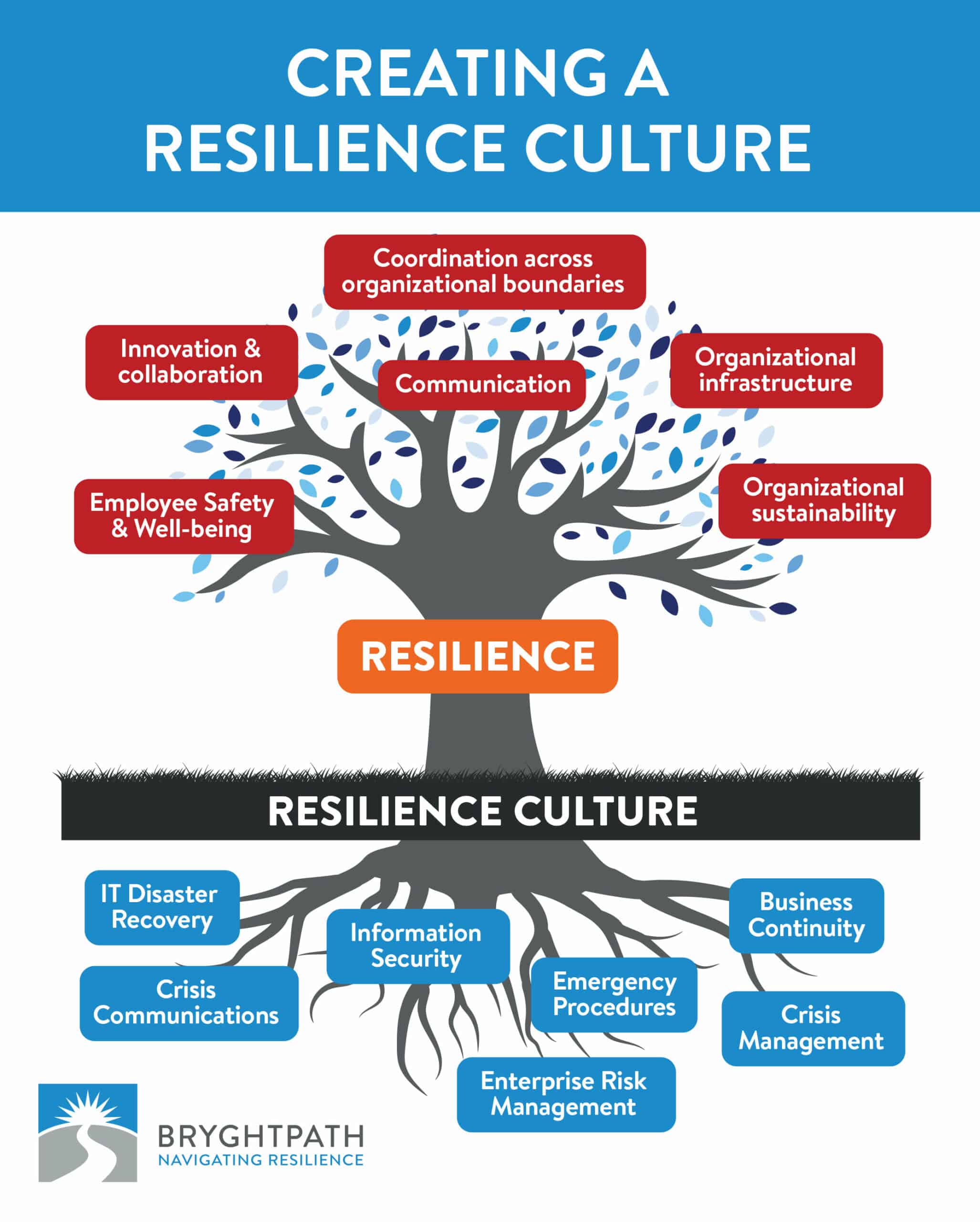Calm in Chaos: Crisis Communication Strategies
In the fast-paced world of business, crises can strike at any moment. Whether it’s a data breach, a product recall, or a PR nightmare, how you handle the situation can make or break your company’s reputation. That’s where crisis communication strategies come into play.
During a crisis, it’s easy to feel overwhelmed and panicked. However, maintaining a sense of calm in the chaos is essential for effective communication. One of the first steps in crisis communication is to establish a crisis communication team. This team should consist of key stakeholders from various departments within the company, including public relations, legal, and senior management.
Once the crisis communication team is in place, it’s important to develop a clear and concise messaging strategy. This involves identifying key messages that address the crisis head-on, while also reassuring stakeholders that the situation is being handled appropriately. It’s crucial to be transparent and honest in your communication, as any attempts to cover up or downplay the crisis will only exacerbate the situation.
In addition to crafting messaging, it’s important to consider the channel through which you will communicate with stakeholders. In today’s digital age, social media plays a crucial role in crisis communication. It’s essential to have a social media monitoring strategy in place to quickly address any negative comments or misinformation that may arise. In addition to social media, traditional media outlets should also be considered when disseminating information about the crisis.

Image Source: bryghtpath.com
Another key component of crisis communication is training. It’s important to ensure that all members of the crisis communication team are well-versed in the company’s crisis communication plan and are prepared to act swiftly in the event of a crisis. Conducting regular drills and simulations can help to ensure that everyone knows their role and responsibilities during a crisis.
Once the crisis communication plan is in place and the team is trained, it’s important to monitor the situation closely and adapt your communication strategy as needed. This may involve providing regular updates to stakeholders, addressing any new developments or concerns, and being prepared to shift tactics if the situation escalates.
Ultimately, the goal of crisis communication is to protect your company’s reputation and maintain the trust of your stakeholders. By remaining calm in the chaos, developing a clear messaging strategy, utilizing the appropriate communication channels, and training your team effectively, you can navigate business emergencies with confidence and professionalism. Remember, crisis communication is not just about managing the crisis itself, but also about demonstrating your company’s commitment to transparency, integrity, and accountability.
Navigating Business Emergencies: A Guide to Crisis Communication
In the fast-paced world of business, emergencies can strike at any moment. Whether it’s a natural disaster, a cyber attack, or a public relations crisis, being prepared to weather the storm is essential for any organization. This is where crisis communication comes into play – the art of effectively managing communication during times of crisis to protect your brand reputation and maintain trust with stakeholders.
When faced with a business emergency, the first step is to stay calm and assess the situation. Panic and chaos will only make matters worse, so it’s important to have a clear head and a strategic plan in place. This is where crisis communication strategies come into play, helping you navigate the storm and come out on top.
One key aspect of crisis communication is transparency. In times of emergency, honesty is the best policy. Keeping stakeholders informed and up-to-date on the situation will help build trust and credibility, even in the midst of chaos. Whether it’s through press releases, social media updates, or direct communication with employees, being transparent about the situation is crucial for managing the crisis effectively.
Another important factor in crisis communication is timeliness. In today’s digital age, news spreads fast, and delays in communication can be detrimental to your organization’s reputation. It’s important to respond quickly to the crisis, providing information and updates as soon as possible to keep stakeholders informed and prevent misinformation from spreading.
In addition to transparency and timeliness, having a clear and consistent message is key in crisis communication. It’s important to have a unified voice across all communication channels, ensuring that your organization’s message is clear and cohesive. This will help avoid confusion and ensure that stakeholders receive accurate information during the crisis.
Furthermore, it’s important to consider the impact of the crisis on different stakeholders, including employees, customers, investors, and the community. Tailoring your communication strategy to address the concerns and needs of each group will help build trust and maintain relationships during the crisis. By showing empathy and understanding towards those affected by the emergency, you can strengthen your organization’s reputation and come out stronger on the other side.
In times of crisis, it’s also important to be prepared for the unexpected. Having a crisis communication plan in place before an emergency arises can help your organization respond quickly and effectively when the time comes. This includes identifying key stakeholders, designating spokespersons, and outlining communication channels and protocols to follow during a crisis.
Ultimately, navigating business emergencies requires a combination of preparation, transparency, timeliness, and empathy. By following these principles of crisis communication, you can weather the storm and emerge stronger on the other side. Remember, in times of crisis, communication is key. Stay calm, stay informed, and stay connected with your stakeholders to successfully navigate any business emergency that comes your way.
Crisis Communication: How to Handle Business Emergencies